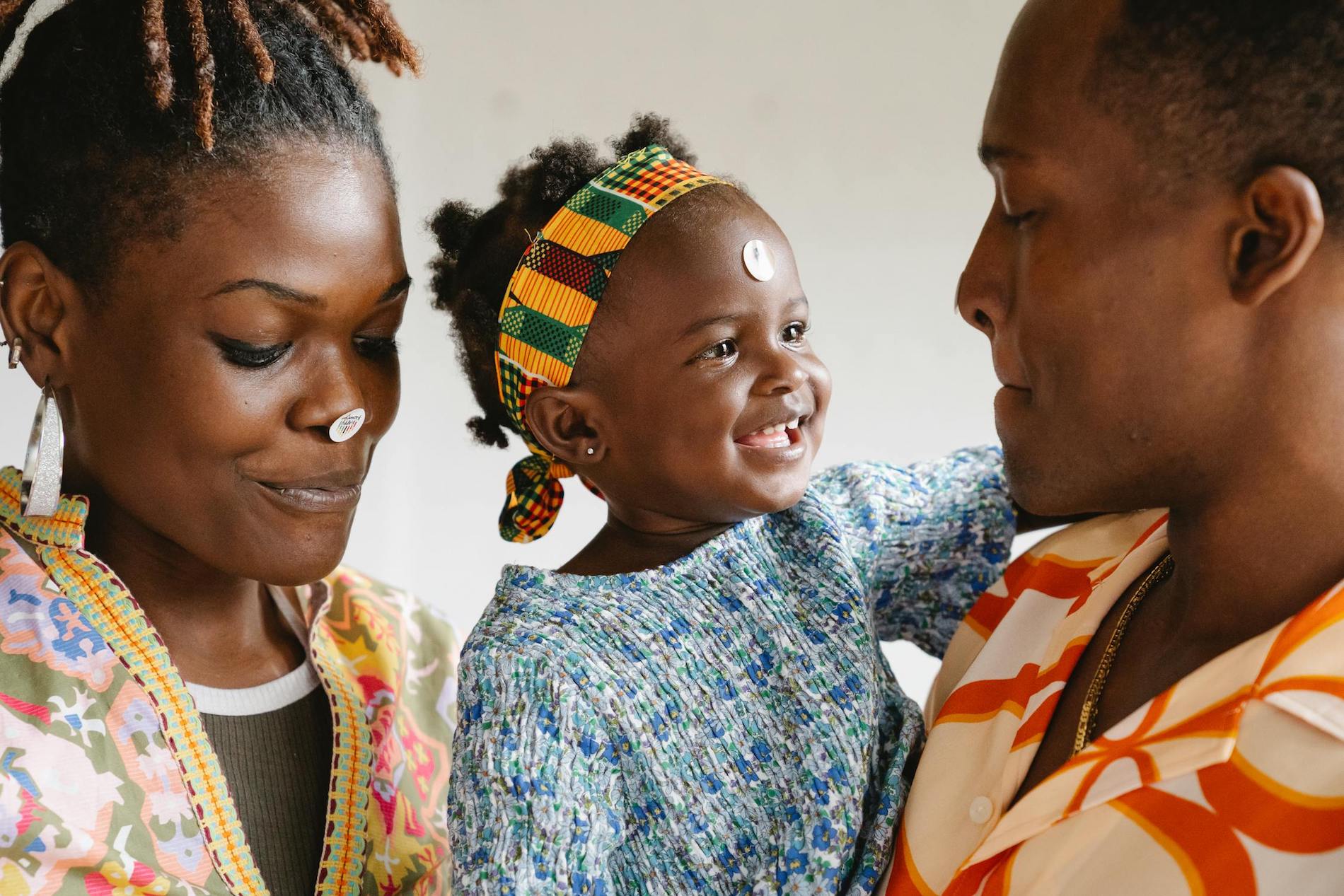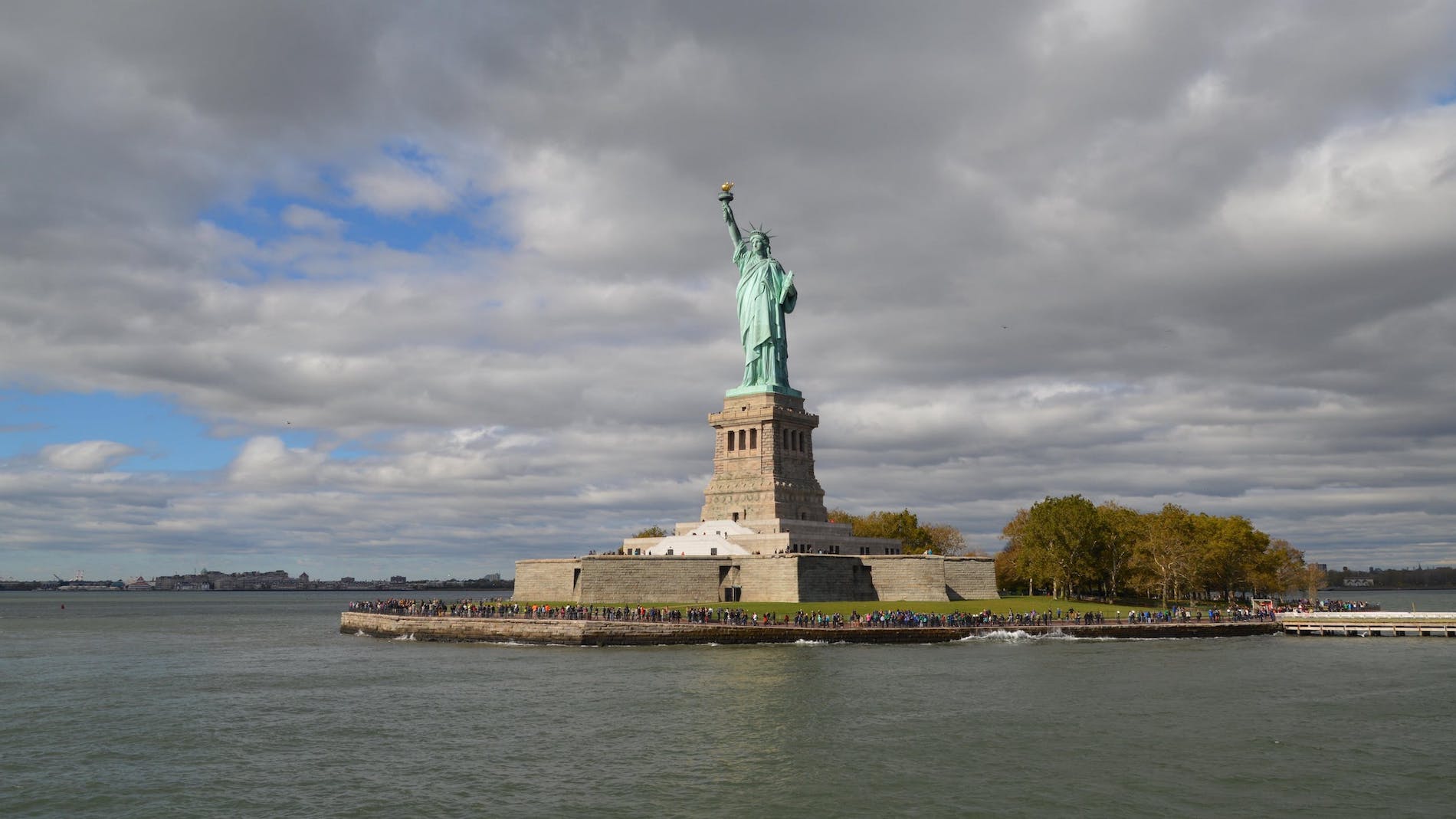A new study from the U.S. Census Bureau confirms that diversity in the United States. is growing and is responsible for population gains in many states, metropolitan areas, and once predominantly white countries.
The U.S. has been a white-majority country since its beginnings, recent decades are seeing the great melting pot be, well, a melting pot! But that is not all the study found. Let’s get into it.
The Rise of Diversity in the U.S.

Diversity has been on a slow and steady increase in the U.S. according to the last several censuses. In the 1980 census, 80 percent of the national population were white residents, 11.5 percent were Black residents, 6.5 percent Latino or Hispanic residents, and 1.8 Asian Americans.
Two decades later, the Latino or Hispanic population was slightly higher than the share of the Black population in America (12.6 percent and 12.1 percent).
The White Population Sees a Staggering Drop

The Asian Americans (which includes Native Hawaiians and Pacific Islanders) grew from 1.8 percent to 3.8 percent in the 2000s. Perhaps the most notable drop was the white population, falling 10 percent to 69.1 percent.
By 2019, the white population dropped another nine points, making up 60.1 percent of the overall population in the U.S.
These Groups Had Significant Gains

According to the new study, the Latino or Hispanic and Asian American populations share the most significant gains. The Latino or Hispanic population raised a few more points, landing at 18.5 percent in 2019.
Asian Americans make up nearly 6 percent of the American population, while the Black population remains relatively constant at 12.1 percent.
The Most Diverse Cities in the U.S.

The white population has been on a steady decline in all 50 states (not Washington, D.C.) since 2010, as well as “in 358 of the nation’s 364 metropolitan areas and 3,012 of its 3,141 counties” (according to Brookings).
27 out of 100 metropolitan areas that have minority-white populations: New York, Los Angeles, Washington, D.C., Dallas, Atlanta, and Orlando, Florida.
The White Population Is Aging Out

Over the first nine years of the decade, the population of people under 25 years of age declined greatly in more than half the states that make up the U.S. There were large white losses among the youth.
However, the population decline would have been larger if not for youthful gains in Latino or Hispanic populations, according to the study.
The Diversity of the Youth

For the first time in the nation’s history, more than half of the youth under 16 years of age identified as a racial or ethnic minority. While the youth’s numbers might be low, the racial diversity among the group is promising.
Brookings forecasts that as Gen Z grows up and adds to the population, the number of diversity will skyrocket once again.
Youth-verse-Older Generations

Andrea Piacquadio/Pexels
The older generations of the white population tend to have a larger representation. “White Americans contributed substantially to older population gains compared to younger and middle-aged populations, which registered white declines,” Brookings Institute Senior Fellow William Frey explains in his March 2018 analysis.
“Although all race and ethnic groups are aging to some degree, the median age of white Americans is higher than all others in most geographic areas,” Frey continued.
The “Racial Generation Gap”

Younger generations are rapidly diversifying the teaching assistant pool, propelling the U.S. towards what Frey calls a “racial generation gap.” This widening chasm is fueled primarily by the surge in immigration from previous decades.
Mind you, the “racial generation gap” is not a bad thing. Instead, it leads to more diversity in the nation.
Immigrates Are Helping the “Racial Generation Gap”

“Immigration is a good thing for America,” Frey told The Hill. “You’re going to want a country that’s growing and robust and has a lot of energy and people who will contribute to Social Security and Medicare. And you can’t just count on whites for that.”
Everyone should to be involved in and benefit from the system. Diversity helps to create equal opportunities across the board for all people, and should not be the scapegoat for the failures of said system.
The Majority-Minority Arrives with Generation Alpha

Frey’s analysis attempted to show the racial generational gaps in the country and the gaps that were being led by the diversification of the younger generations in the U.S. “The nation’s so-called majority-minority arrived with Generation Alpha, those born since about 2010,” writes Daniel De Visé (via The Hill).
In the decades to come, that wave of diversity will wash across the generations, yielding an America with no single racial group that can claim a numerical majority,” De Visé continues.
The U.S. Is Still a White-Majority Country

While diversity is on the rise, the U.S. is still a white-majority country. “Whites are going to be the largest group in this country for a long time,” City University of New York Professor Emeritus Richard Alba explains to The Hill.
“In a sense, we’re forming a new kind of mainstream society here, which is going to be very diverse. But whites are going to be a big part of that. It’s not like they’re going to disappear and be supplanted,” Alba adds.
Is This Confirming the Great Replacement/White Genocide Conspiracy Theory?

Unfortunately, the 19 percent decline of the white population has the country’s more conspiratorial-minded believing that the U.S. is involved in the Great Replacement/White Genocide conspiracy theory.
According to Georgetown University, the theory suggests that there is a deliberate plot to promote interracial marriages, mass non-white immigration, racial interrogation, and low birth rates.
There Is No Conspiracy, Just Hate

The Great Replacement conspiracy theory is often backed up by far-right winged ideals of antisemitism, anti-LGBTQ+ rights, and anti-reproductive rights. What is actually going on is people naturally intermingling with other racial groups.
The future of diversity in the U.S. in complex, but it is on the rise according to the trends discovered in the recent study.
Americans Are Living in a Melting Pot

Since its inception, the U.S. has been referred to as a melting pot because of its long history of immigration and blending of cultures, ethnicities, and races. It is only surprising that we are just now seeing spikes in diversity.
While people like Elon Musk and former-President Donald Trump dismiss diversity as a great scam to the majority-white population, the younger generations are proving that the people want a diverse nation.
